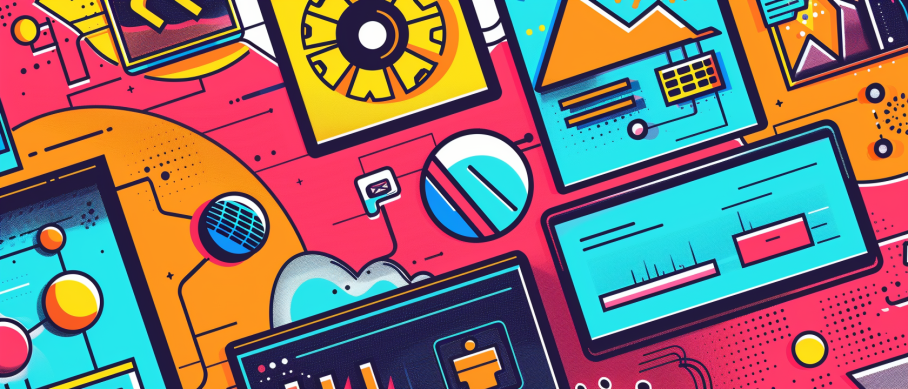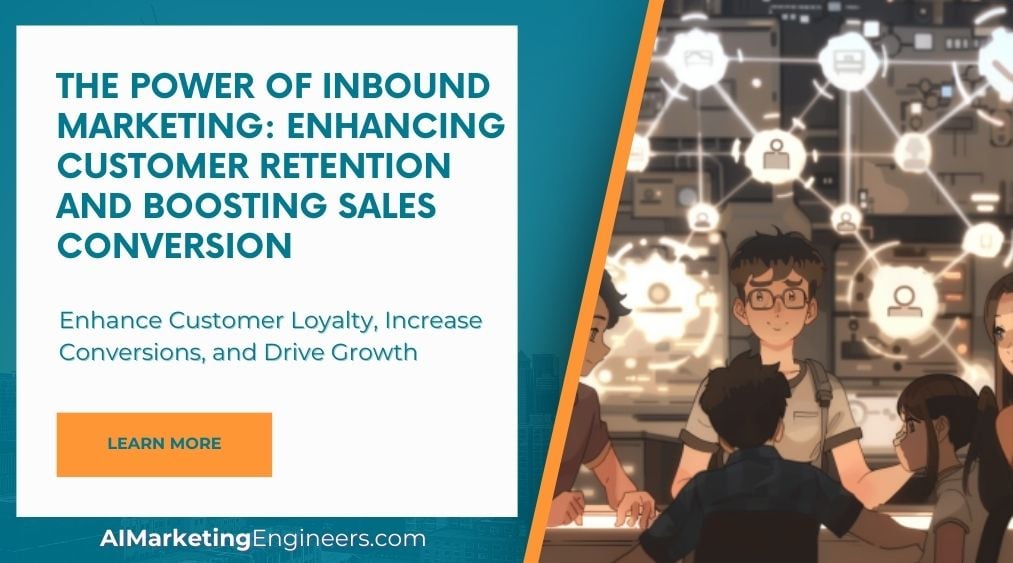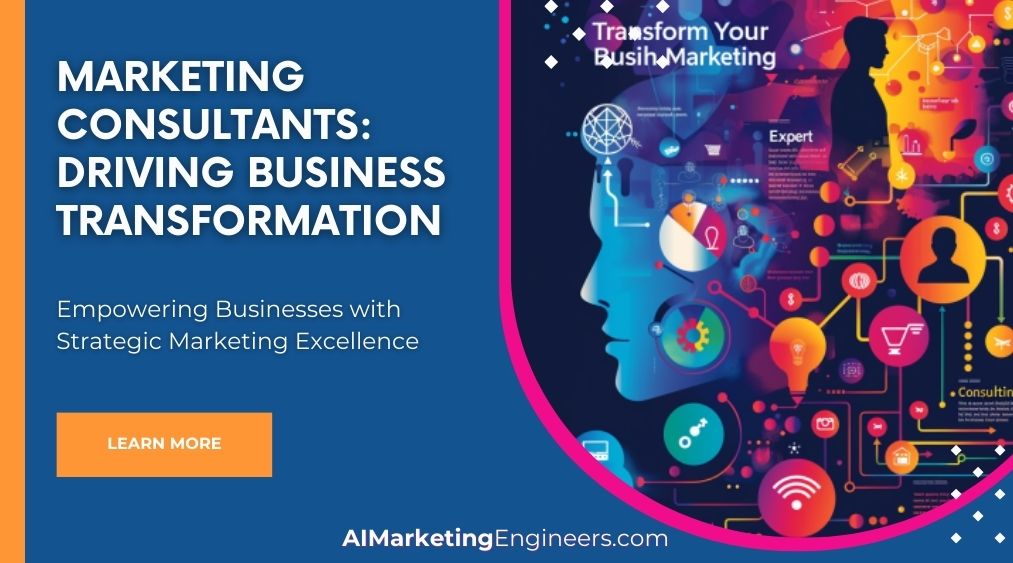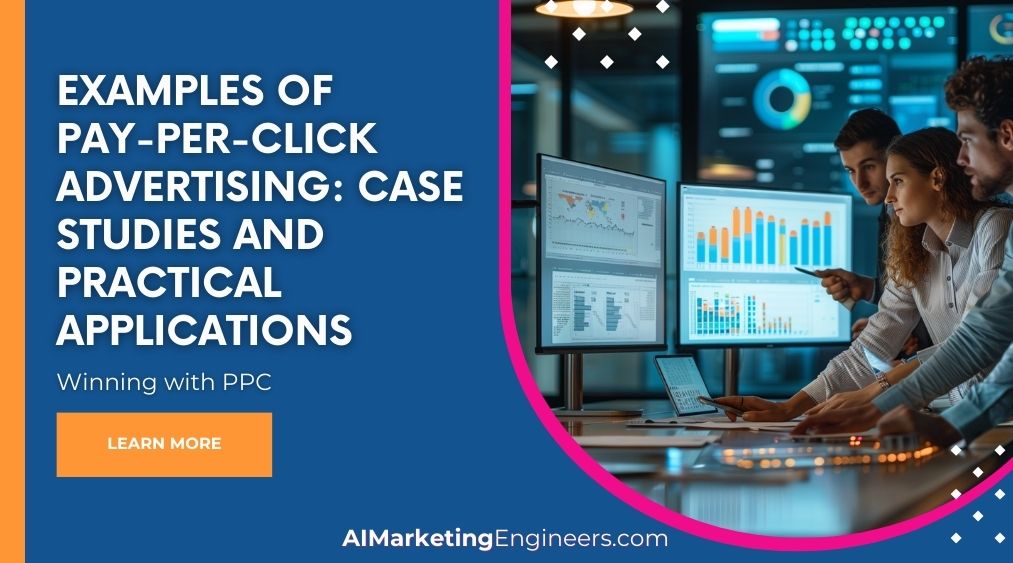Key Takeaways
✅ Clear and Concise Messaging: A snappy headline with a concise subheading can work wonders. In fact, statistics show that personalized calls-to-action (CTAs) convert 202% better than their generic counterparts. Tailoring your message can not only capture attention but also guide visitors effortlessly towards conversion. Remember—a prominent CTA isn’t just noticeable, it's irresistible.
✅ Optimize for User Experience: Keep users hooked with a swift and visually-enticing journey. A staggering 88% of online consumers are less likely to return to a site after a bad experience—good design is no longer optional, it’s essential. Ensure your page not only dazzles but also loads at lightning speed, especially since each second of delay can drop conversion rates by an average of 4.42%.
✅ Continuously Test and Optimize: The only constant is change, especially in the online environment. Utilize A/B testing and heed the insights—companies have seen a massive 600% increase in success rates when they prioritize the user experience based on data-driven methods. Regular tweaks grounded in user feedback and behavior analysis are the hallmarks of landing pages that convert and thrive.
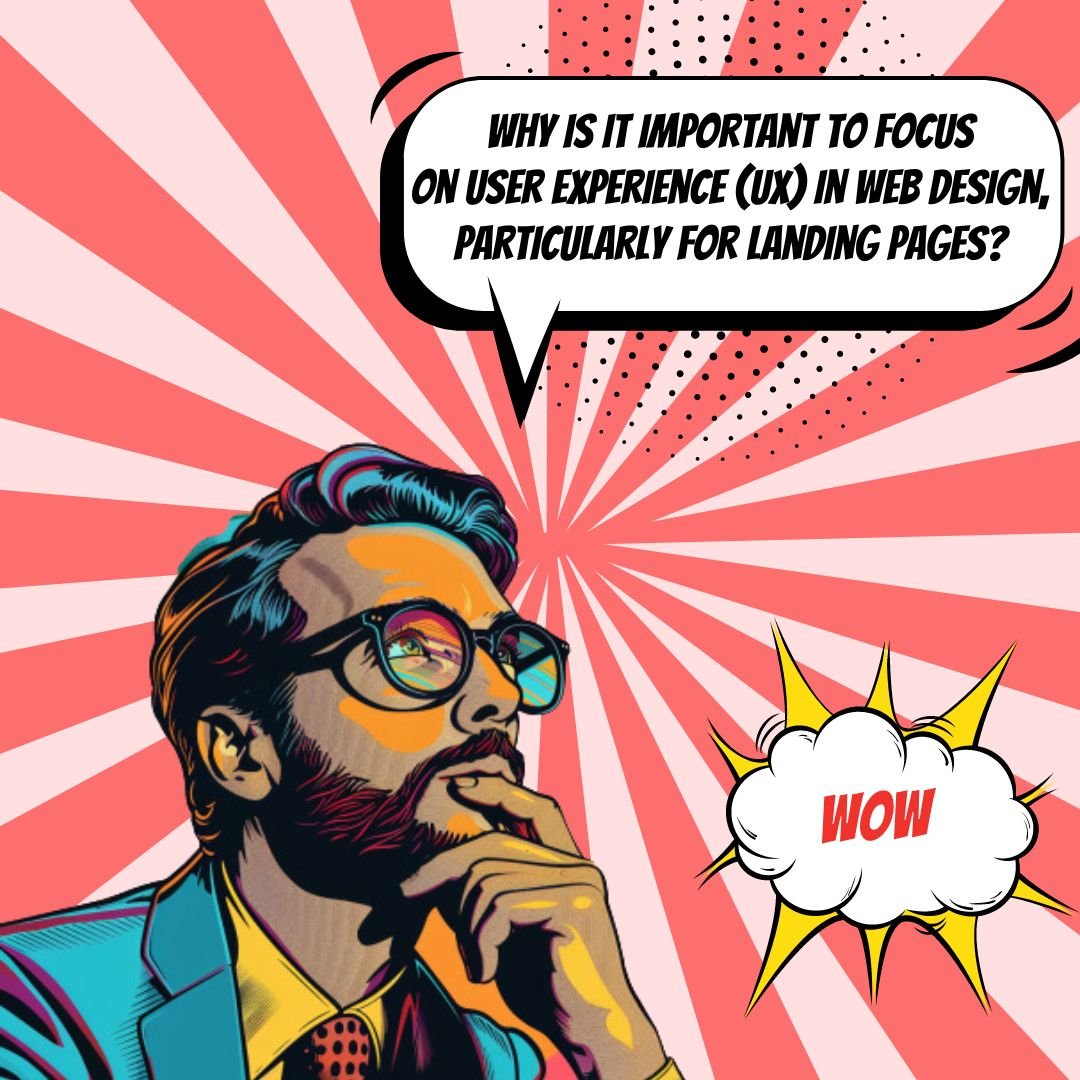
Introduction
Have you ever stopped to wonder why some websites turn visitors into customers almost effortlessly, while others struggle to keep their bounce rates down? The magic happens on exceptional landing pages, where every element, from layout to button color, is meticulously crafted based on best practices in web design and user experience.
Engage with us as we unveil industry-acclaimed techniques and the latest trends that can skyrocket your conversion rates. Forget the guesswork; we’re talking hard-hitting tactics supported by solid stats that aim straight for return on advertising spend (ROAS) and return on investment (ROI). Each paragraph on this journey will equip you with the know-how to engineer landing pages that not only capture leads but convert them into loyal customers.
Intrigued? Stay tuned as we unfold actionable insights and groundbreaking information that will empower you to reimagine your digital strategy and infuse every click with the potential to convert.

Top Statistics
| Statistic | Insight |
|---|---|
| Landing Page Optimization: 44% of B2B clicks are directed to landing pages. (Source: Unbounce) | Perfecting landing pages is crucial for businesses, playing a significant role in customer acquisition and the sales funnel. |
| Mobile Responsiveness: 54.8% of global website traffic came from mobile devices in 2021. (Source: Statista) | With over half the web surfing happening on mobiles, it's clear that designing for smaller screens is no longer optional, but mandatory. |
| Loading Speed: 53% of mobile users leave if a site takes over 3 seconds to load. (Source: Google) | Time is of the essence – optimize loading times to keep potential customers engaged and reduce bounce rates. |
| Form Simplicity: Landing pages with fewer than 10 fields have a 120% higher conversion rate. (Source: HubSpot) | Less is more when it comes to forms – a streamlined process enhances user experience and increases conversions. |
| Use of Video: 86% of businesses use video as a marketing tool. (Source: Wyzowl) | Video content is now a key player in marketing strategies, greatly boosting understanding of products or services. |
Landing Pages and Their Crucial Role in Web Design
Landing pages are the digital front of your online presence, purpose-built to greet visitors with a specific message. Their role? To convert casual browsers into committed customers, supporters, or followers. But even the most visually stunning landing page can fall flat without user experience (UX) at its core. Why? Because if a visitor doesn’t enjoy the ride, they're not going to stick around. Imagine walking into a beautiful store but finding it impossible to locate what you want. Frustrating, isn't it? That's what poor UX on a landing page can feel like.
Understanding User Needs and Goals
Before you can woo your visitors, you need to know what brought them to your doorstep. Identifying your target audience isn’t just a buzzword exercise; it's about understanding what makes them tick. What are their desires? Their pain points? Conducting user research, whether through surveys, interviews, or observations can unravel these facts. Once you're armed with insights, you can sculpt your landing page with clear objectives. Do you want visitors to sign up for a newsletter, purchase a product, or download a report? Each goal demands a tailored approach.
Designing for Clarity and Simplicity
In a world cluttered with information, your landing page should be a sanctuary of clarity. A clean layout means users can find what they're looking for without a treasure map. Don't make them wade through a swamp of words; use clear and concise language instead. And, remember, the most important information should jump out like a friendly pop-up book, not hide away like a footnote. Highlight key information with bold visuals or text to grab attention without overwhelming the senses.
Optimizing Visual Hierarchy and Navigation
A well-crafted visual hierarchy acts as a guide through the maze of content, leading visitors from headline to hero image, through bullet points, all the way to that shiny call-to-action (CTA) button. But it's not just about pretty fonts and snazzy graphics; navigation is your user's trusty compass. Make it intuitive, and they’ll enjoy the journey. Intuitive menus and links might not sound glamorous, but when a user finds their way naturally, they're more likely to engage with your content. Visual cues are like signposts; use them wisely to direct the flow of traffic.
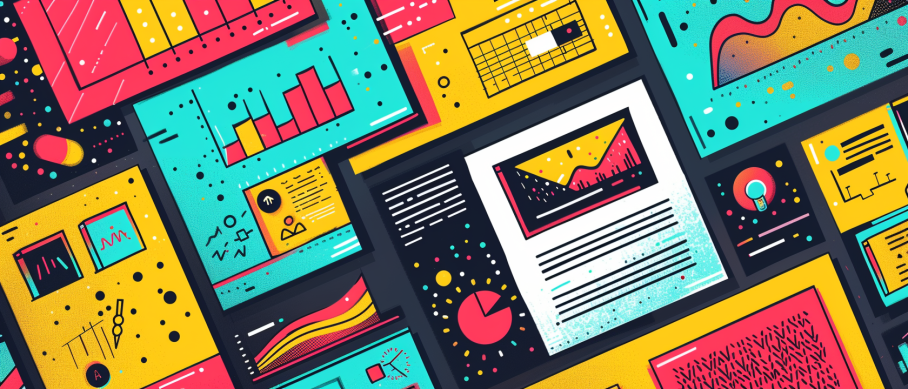
Creating Compelling Calls-to-Action (CTAs)
CTAs are the linchpin of your landing page, the grand finale of your user's journey. But how do you create one that's more spotlight than side note? Start with attention-grabbing design—make it stand out with color or whitespace. Then use action-oriented language; inspire users with verbs like 'Discover', 'Start', 'Join', or 'Learn'. Where you place these CTAs is just as crucial; strategic placement can mean the difference between a new lead and a lost opportunity.
Improving Page Load Speed and Performance
Ever waited for a slow elevator? Page load speed can feel terribly similar. Optimizing images and avoiding media bloat keeps things moving swiftly. After all, if a page takes too long to load, your would-be user might never stick around to see your well-crafted message. Regular performance testing and page speed optimization are not just technical checkboxes; they are essential practices that respect your user's time and patience, significantly enhancing their experience.
Continuous Testing and Optimization
So you've launched your landing already. Now, sit back and relax, right? Not quite. The digital landscape is always changing—what worked yesterday might not fly today. That's where A/B testing and analytics step in. Test different headlines, images, CTA buttons—heck, test the color of the text if you think it’ll make a difference. Adopt a test-and-learn mentality. Analyzing user behavior and feedback is invaluable to make the user experience on your landing page better with each iteration.
With the best practices for landing pages and UX in web design in hand, the challenge is to put these insights into action. Are you ready to apply these principles to your projects? Remember, user-centered design isn't just about ticking boxes; it's a philosophy that prioritizes the people behind the numbers, ensuring that every click, every scroll, every moment on your landing page is meaningful. Continuous improvement is the name of the game. Keep listening, keep testing, keep optimizing, and your users will thank you— with their trust, their engagement, and their business.
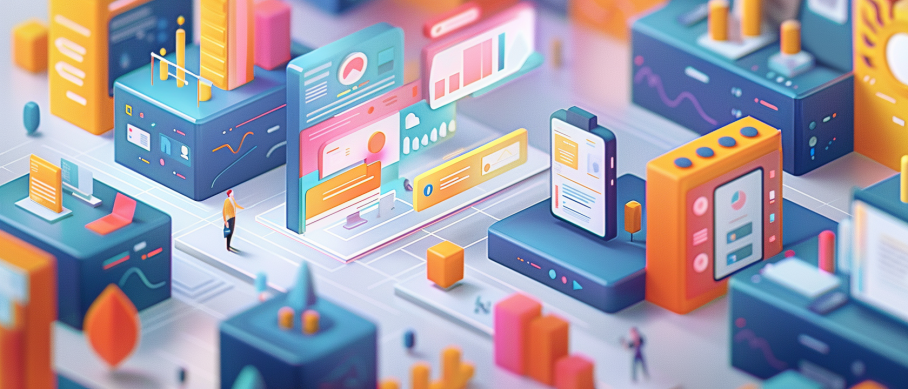
AI Marketing Engineers Recommendation
Recommendation 1: Optimize Page Load Speed: Did you know that according to Google, as page load time goes up from one second to ten seconds, the probability of a mobile site visitor bouncing increases by 123%? This striking statistic underpins the need for speed in today's digital landscape. Actionable step: Invest in optimizing the technical aspects of your landing pages, such as image compression, browser caching, and responsive design to ensure load times are under 3 seconds. Speed is more than a convenience for users, it's a cornerstone of their experience and your conversion rates.
Recommendation 2: Leverage Personalization Techniques: Personalization can make or break a landing page. For example, a study from Epsilon found that 80% of consumers are more likely to make a purchase when brands offer personalized experiences. Current trends show that personalization is no longer just a 'nice-to-have' feature. Strategic insight: Use data analytics to create tailored content and recommendations based on user preferences, behaviors, and demographics. Incorporate dynamic text replacement to change the content depending on the visitor's location or source, making each visit feel bespoke.
Recommendation 3: Implement Clear Calls-to-Action (CTAs): Having a clear CTA is one of the most critical aspects of a landing page. A HubSpot survey revealed that personalized CTAs convert 202% better than default versions. Practical application: Make sure your CTAs are prominently displayed and use actionable language that communicates the value of clicking. Test different designs, placements, and messages to find out what resonates best with your target audience. Remember, the clearer and more compelling your CTA, the more likely you are to convert visitors into customers or leads.
Relevant Links
- Revolutionize Your Web Presence with Advanced AI
- Discover How AI Empowers Small Business Growth
- Elevate Your Brand's Digital Impact with AI
- Strategies for 2024: Boost Your SEO and Marketing Plans
- Unlock Cutting-Edge AI Strategies for Marketing Success
Conclusion
The digital storefront of any business is often encapsulated in its landing pages, which when executed with user experience (UX) in mind, can become a game-changer for online engagement and conversion rates. Landing pages serve not just as a first impression but set the tone for the relationship between a business and its potential customers. It's through understanding user needs and goals, and then designing with clarity and simplicity that these pages shine, offering a welcoming and seamless entry point into a website.
A well-structured page with optimized visual hierarchy and intuitive navigation allows users to find what they're looking for without hassle, while irresistible calls-to-action (CTAs) guide them on where to go next. But, appealing design must also go hand-in-hand with performance; after all, who wants to wait for a sluggish page to load?
Incorporating these practices becomes a continuous cycle of testing, analyzing, and improving, always with the user's needs at the forefront. By doing so, businesses not only elevate their landing page effectiveness but also foster positive experiences that can result in long-term customer loyalty.
Now, imagine applying these principles to your landing pages. Envision the potential uplift in user engagement and the palpable boost in your site's performance metrics. Are you ready to turn your landing pages into a welcoming beacon for your site's visitors? As online landscapes evolve, remember that the best practice is always rooted in a keen understanding of the user. Embrace the cycle of learning, testing, and optimizing, and watch as your landing pages transform into powerhouses of user engagement and conversion.

FAQs
Question 1: What is a landing page, and why is it important for user experience in web design?
Answer: A landing purposed page is like a welcoming mat. It's there all by itself with a single focus: to get folks to do something you want, like buying your product or signing up for more info. It's a big deal for user experience since it helps them do what they need without any fuss or hassle.
Question 2: What are the key elements of an effective landing page?
Answer: An on-point landing page is like a good story – it's got a snappy headline, a promise that grabs you, an image that tells a tale, a button that's easy to spot and click, and a show of trust with reviews or badges. And it doesn't beat around the bush with too many distractions.
Question 3: How can I optimize my landing page for better conversions?
Answer: Think of it as tuning an instrument; you want a smooth experience with pages that load quick, words that hit the mark, and a clear path to what they want. Test different tunes (called A/B testing), and make sure your call-to-action button is a no-brainer to find and use.
Question 4: What are some best practices for designing a landing page for mobile devices?
Answer: For mobile, it's all about getting straight to the point. Your design should flex to fit the screen, stick to a single-column narrative, keep images light for a quick load, keep words to the essentials, and make sure folks can tap that CTA button without a hitch.
Question 5: How can I improve the user experience on my landing page?
Answer: Make the journey easy. Use language that everyone gets, give them the info they need, and keep it looking good and moving smoothly. It's like making your guest feel at home so they'll want to stick around.
Question 6: What is the role of A/B testing in optimizing landing pages?
Answer: A/B testing is like a taste test for your page. You try out different spices – headlines, images, buttons – and see what tastes best to your visitors. That way, you keep making it better and keep those conversions coming.
Question 7: How can I ensure my landing page is accessible to all users?
Answer: Make sure everyone's invited to the party. Use alt text for folks who can't see images, write link texts that make sense, choose colors that stand out even to those with vision issues, and make everything doable with just a keyboard.
Question 8: What are some advanced techniques for optimizing landing pages?
Answer: Go the extra mile by making it personal – tweak the page based on what folks do, throw in dynamic stuff that changes up, use videos to keep 'em glued, and dive into heatmaps and session recordings to really get why they click what they click.
Question 9: How can I ensure my landing page is compliant with data privacy regulations?
Answer: Data privacy is no joke, so cover your bases. Have a clear privacy policy, make sure you ask before you take any information, let folks say "no thanks" to data collection, and lock that data up tight.
Question 10: What are some popular hashtags related to landing pages and user experience in web design?
Answer: If you're tuning into the social buzz, hashtags like #landingpage, #uxdesign, #webalent optimization, #userjourney, #a/btesting, #userexperience, #webdesigninspiration, and #landingpagedesign are where it's at.

Academic References
- Sillence, E. (2007). Designing Effective Websites: Aesthetics and Credibility. Journal of Interacting with Computers, 19(2). This study emphasizes the significant role aesthetics play in website design, particularly in shaping user perceptions of credibility, suggesting a vital link between an appealing visual presentation and the trustworthiness of a landing page.
- Marcus, A., & MacLean, A. (2005). The Effect of Web Design on Perceived Credibility, Usability, and Aesthetics. Proceedings of the 2005 International Conference on Designing Pleasurable Products and Interfaces. This research explores how web design elements influence user experience, especially in relation to credibility, usability, and aesthetics, offering valuable insight into design principles that boost user engagement on landing pages.
- Lee, D., & Sundar, S. S. (2015). The Role of Visual Appearance in Website Evaluation. International Journal of Human-Computer Interaction, 31(3). The study delves into the impact that visual aesthetics have on user impressions of websites, underscoring the critical nature of visual appeal and consistency in landing page design to foster positive user experiences.
- Orr, J. (2013). Designing for the User Experience: A Guide to Strategies and Tactics. Morgan Kaufmann. This comprehensive guide to user experience design shares a wealth of strategies and tactics including best practices for landing pages, emphasizing the importance of aligning with user needs to craft effective and engaging online experiences.
- Cox, A. L., & Dix, A. M. F. (2005). The Impact of Visual Design on Website Usability. Proceedings of the 2005 International Conference on Designing Pleasurable Products and Interfaces. This investigation reveals how visual design contributes to the usability of a website, highlighting the need for clear navigation and consistent visual elements, and explaining how these factors can improve the overall user experience on landing pages.


